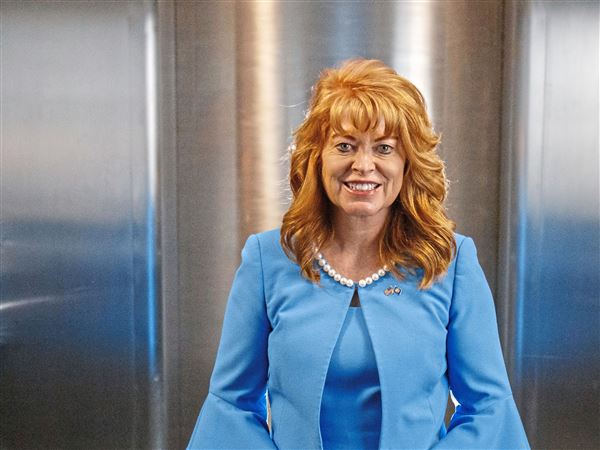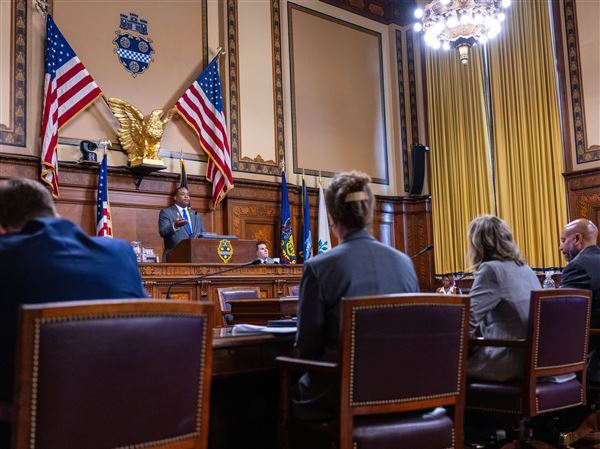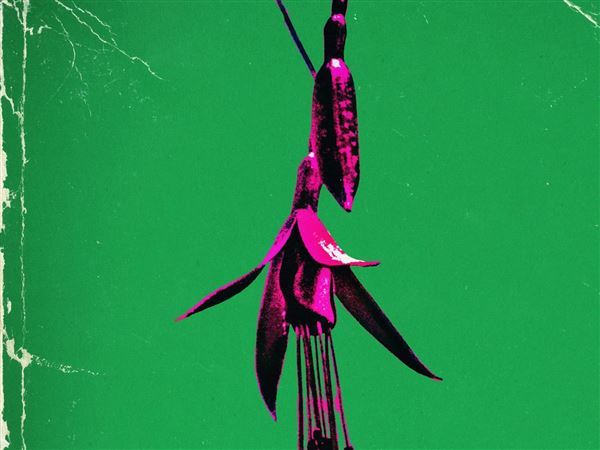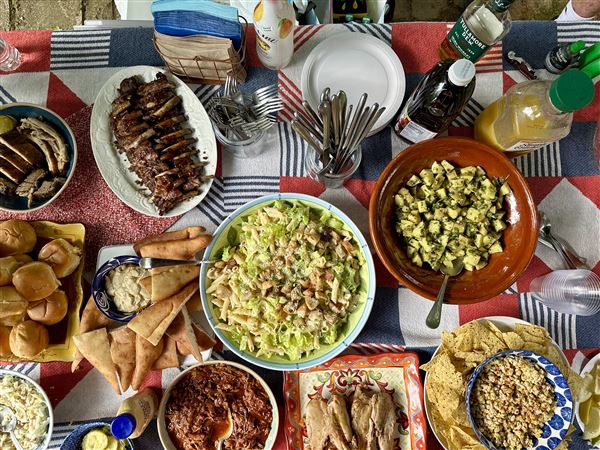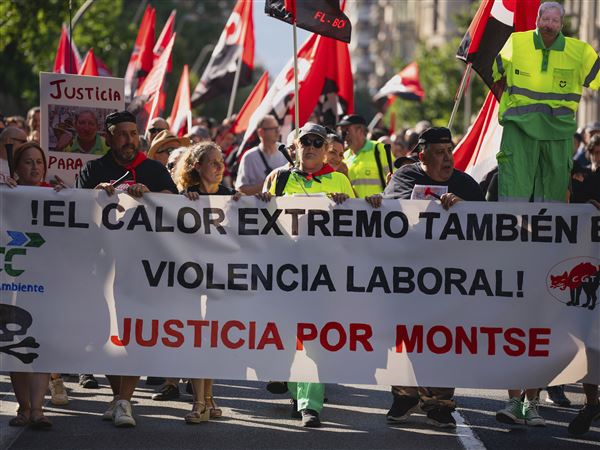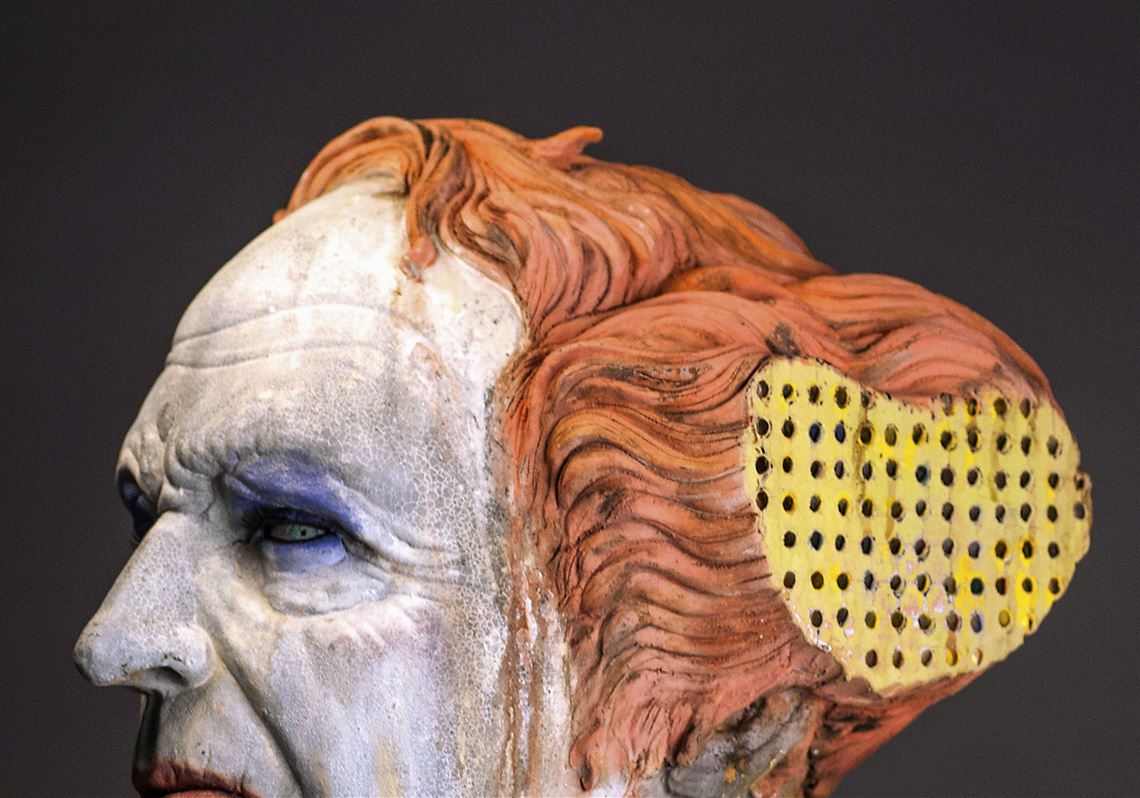An island takes shape in a bentonite sea, amid a gallery of evocative clay work that is the exhibition “Transformation 9: Contemporary Works in Ceramics.”
Just when you thought you knew clay -- or another craft medium like glass, wood or metal -- the Society for Contemporary Craft opens an exhibition in the “Transformation” series with work that challenges, confounds, nourishes and stretches one’s concept of material. And of the boundaries of contemporary art and craft.
Transformation was the theme suggested for the original Elizabeth R. Raphael Founder’s Prize exhibition established in 1997 by daughters Alex Raphael, Cathy Raphael and the late Margaret Raphael in memory of their mother. That was not intended to be the theme for all subsequent exhibitions, writes Executive Director Janet McCall in the exhibition catalog, but it’s shown itself to be flexible to evolving interpretation in different time periods, and seems particularly pertinent to our rapidly shifting global culture.
The exhibition jurors were Joshua Green, executive director of the National Council on Education for the Ceramic Arts; ceramist Jae Won Lee, a professor at Michigan State University; Alexandra and Catherine Raphael, both of whom are artists; Kate Lydon, the society's director of exhibitions; and Ms. McCall.
The 31 artists in this show give the most varied application of the theme to date, from process and material to philosophical and political transformations. Jonathan Mess transforms reclaimed ceramic materials like slop clay and cast-off glazes into solid abstract sculpture like “Reclaim No. 9,” while Ian Thomas alters a commercial product into a unique piece in “Persistence.”
Clay is an inherently transformative material, its malleability evident in honorable mention winner Lauren Gallaspy’s works, like “Giving Up the Ghost,” that combine rounded, drawing-embellished smooth surfaces with tangles of porcelain strips. That characteristic transforms during firing when the body becomes rigid. Erica Nickol exploits this in the pouch-like forms of “The Tie that Binds,” for which clay was shaped around a material that burned out in the kiln, allowing the ceramic part to slump into a shape in part determined by chance.
Thaddeus Erdahl’s arresting over-sized bust, “King for a Day, Queen for the Night,” is a compelling image of an aging drag queen, with all of the implications of transformation from youth to decline. Pattie Chalmers hints at the transformation of historical fact as it passes through memory and re-telling in the narrative “Stumpland” with an Annie Oakley-like figure standing before a field of tree stumps where a man in business suit wrestles a bear. Andrea Keys Connell could be addressing the transformation of child to adult in “Don’t Forget We’re Connected,” wherein a female figure rises out of the hair of an older woman with closed eyes; and Susan Beiner addresses negative environmental transfomation in “Unintended Consequences,” which represents flowers sapped of their color -- and nature -- by continuing genetic manipulations.
Shalene Valenzuela speaks to the ways women are transformed by societal expectations in the corset-shaped “Cinched In,” which is filled with temptress Eve’s apples, and Jessica Putnam-Phillips to the way women are transforming themselves in “Polly, Poppy and Delilah,” depictions of women soldiers in combat on platters that reference tableware, playing on the notion of service.
And then there’s that island, a part of the installation “Terra Muto,” or “Earth Wall,” that was created for “Transformation 9” by Raphael prize-winner Linda Swanson, who was born in Los Angeles and lives in Montreal. It comprises five teardrop-shaped white nylon sacks, filled with water, suspended over a large rectangle of bentonite. A shape has been growing over the exhibition’s run in the pale absorbent clay as it responds to the droplets that slowly release from the sacks, seeping into and swelling the clay surface. Earthy colors are added as scattered minerals dampen and the work’s steel base rusts.
I hasten to clarify that Ms.Swanson doesn't specify an island at all, and one may variously interpret the work as, among other possibilities, creating specific geographic or geologic forms, creating random pattern or as metaphor for the change that is inevitable in the lifespan of animal, vegetable or mineral.
Ms. Swanson was chosen the Raphael prize-winner on the basis of “Cypreus Lumen,” an ethereal circle of crystaline glazed aqua porcelain broken by a swath of red that projects the illusion of great depth. The prize includes, in addition to the exhibition and catalog, a short video about the artist (well worth watching at the society website) and a $5,000 cash award.
The artist writes of the mystery of matter changing form in the natural world. “Such transformations open onto questions of our own being and becoming and how we find ourselves in a world of flux.” It’s an observation of transformation as contemporary as our moment and as old as philosophic thought.
“Transformation 9” continues through Jan. 3 at 2100 Smallman St., Strip District. Hours are 10 a.m.-5 p.m. Monday through Saturday and 10 a.m.-2 p.m. Dec. 21. Admission to exhibitions, and the shop, is free. The catalog, with color illustrations, juror essays and short artist bios, is $18. Information: 412-261-7003 or www.contemporarycraft.org. both cq
Post-Gazette art critic Mary Thomas: mthomas@post-gazette.com or 412-263-1925.
First Published: December 17, 2014, 5:00 a.m.

